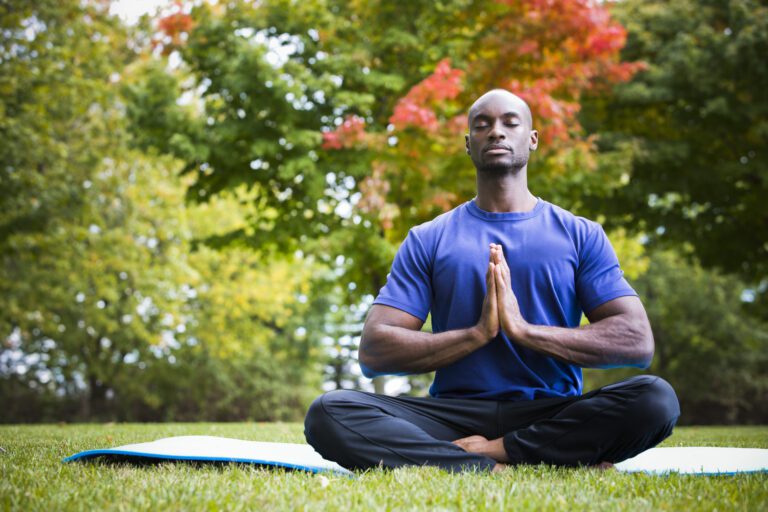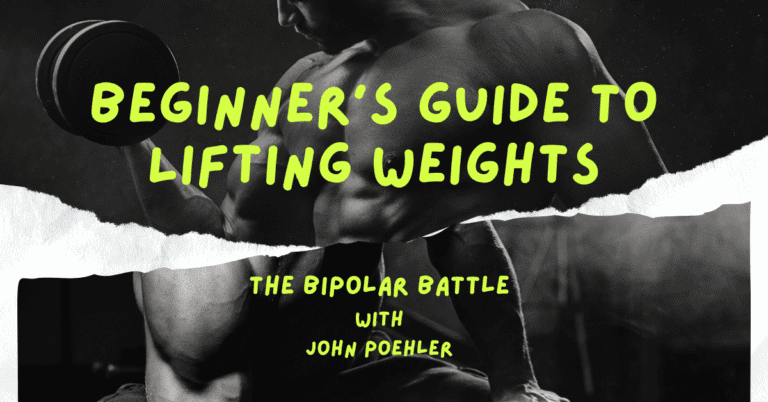Running a Marathon is Doable – It Just Takes Time
Steve Poehler—my brother and this week’s guest writer—discusses how running a marathon is doable. You can read more about his background at the end of this article.
I’ve always thought that marathon runners are the best athletes in the world. At the very least, they are certainly the top endurance athletes around. (Of course, Iron Man competitors aren’t too shabby, either.)
After all, the men’s current world record holder in the marathon—Eliud Kipchoge of Kenya – ran the 2018 Berlin Marathon in 2 hours, 1 minute, and 39 seconds. Over the 26.2-mile course, that’s a mind-boggling pace of 4 minutes and 38 seconds per mile FOR 26.2 MILES!
Most people (myself included, most definitely) probably cannot run one mile that fast—let alone 26.2 consecutively.
I have some personal appreciation for that world record, too, as I have run one marathon in my life—the San Diego Rock ‘N’ Roll Marathon way back in 2006. While my time was decent (3 hours and 30 minutes), I was most proud that I finished the race without stopping or walking.
The payoff was that I pretty much couldn’t walk for a week! Well, I could walk, but I limped around quite a bit. Boy, was I sore!
Running a marathon helped me check off a “bucket list” item while giving me a focus for my training. It didn’t hurt that I was living in San Diego at the time and could go for long runs around Mission Bay, along the boardwalk at Mission and Pacific beaches, and through La Jolla. (Did I mention that San Diego is one of my favorite places to visit in the entire world?)
Having said all of that, if you are considering running a marathon, here is my personal list of “cautions” and things to consider before taking the plunge.
1. Training is a must.
No one can wake up one day and go out and run a marathon. You need to train. For example, running a 5K is a doable 3.1 miles—many people can give this distance a shot with little, if any, official training. 26.2 miles, however, is on a whole other level. Give yourself a few months, too, since it takes time to build up the kind of endurance needed to survive that distance.
2. Start small.
I recommend working your way up to a marathon. For example, I personally ran a string of 5K and 10K organized races, before trying half-marathons, and then eventually giving the full marathon a try. The shorter-distance races will give you a solid “running base” to build on and experience with race-day logistics.
3. Why not try a half first?
A half-marathon is much more doable at “only” 13.1 miles. It’s a long enough distance that most people will find it a challenge. Plus, just think, if you enjoy running a half-marathon, a full marathon is “just” twice as far!
4. Stick to a plan.
Whether you buy a marathon training book, read Runner’s World magazine, or talk to a personal running coach, it’s vital with marathons to come up with a training schedule—and stick to it. While I of course trained for my marathon, afterward I felt like I could’ve used at least a few more long runs. In hindsight, a more official training regime would have helped improve my race day and post-marathon success.
5. Remember that it takes a lot of time.
Training for a marathon takes time—and a lot of it. Long training runs typically go two hours or longer. For me, this was a big commitment, and it could be a burden for some runners with families or other obligations. When I ran my marathon, I not only wasn’t married, but I didn’t have any kids. Now, I have my wife and two young daughters. I’m not saying you can’t make it work with your schedule and family—it’s just another factor to consider and one that you should discuss with your significant other and family before signing up.
6. You will need to eat and drink.
As part of your training routine, I highly recommend incorporating drinking water, Gatorade, and/or another beverage with electrolytes. In addition, when you are on the move for three or four or five hours, you will need to eat something. So be sure to research options for foods, running gels, etc. to eat while running, both during training and the actual race. After all, the only way you will know how your body will react to a particular food or drink is to experiment before race day.
7. Don’t forget the bathroom!
Again, when you are running for as long as you are during a marathon, it’s vital to plan for a bathroom break as part of training runs and then the race itself. Some elite runners will even go on themselves while running! Would you be ok with this? Other athletes don’t need to use the bathroom during a race, but as with anything, being prepared will help you avoid surprises.
8. Find someone to run with.
Many people like to run with others. Having an accountability partner while training for and running a marathon could be just what you need. If you’re like me, I am more of a solo runner, but even if you don’t like running with others, figure out something to do while running, whether it be listening to music, podcasts, or books on tape. Those training hours get long!
9. Give yourself a break.
Remember to go easy on yourself. If you start training for a marathon, and you either experience an injury or decide you no longer want to do it, then have the grace to not beat yourself up. Marathons are not for everybody, and that is OK!
I do not regret running a marathon. It was a wonderful experience and something I would not trade for anything.
But if you were to ask me today, “Would you run another marathon?”, I’m not sure I would say yes. “Never say never,” so maybe someday I will (at least when the kids are older), but at this time I don’t have any current plans to do so.
Steve Poehler is a father, a husband, and a huge sports fan. A former sports writer, Steve is now a CPA who spent five years working at a public accounting firm before becoming a Senior Financial Analyst for a nonprofit organization, the Catholic Archdiocese of Portland. Steve loves to work out, be outdoors, and follow sports, including his beloved Denver Broncos. Steve lives in Portland, Oregon, with his family.







